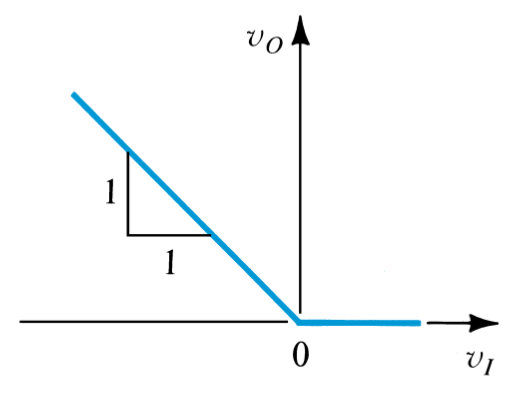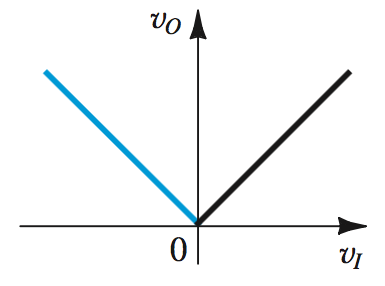Electronic Circuits
Operational Amplifiers
An Operation Amplifier is a device which, when powered by
Where no input current enters
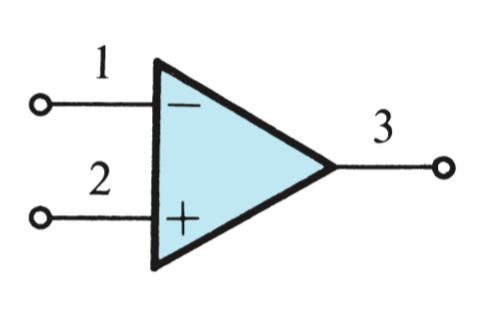
The Differential Input Signal
Inverting Configuration
In the inverting configuration, the output of the op-amp is connected back into the inverting terminal. Because in the inverting configuration
In the case where a resistance is placed between
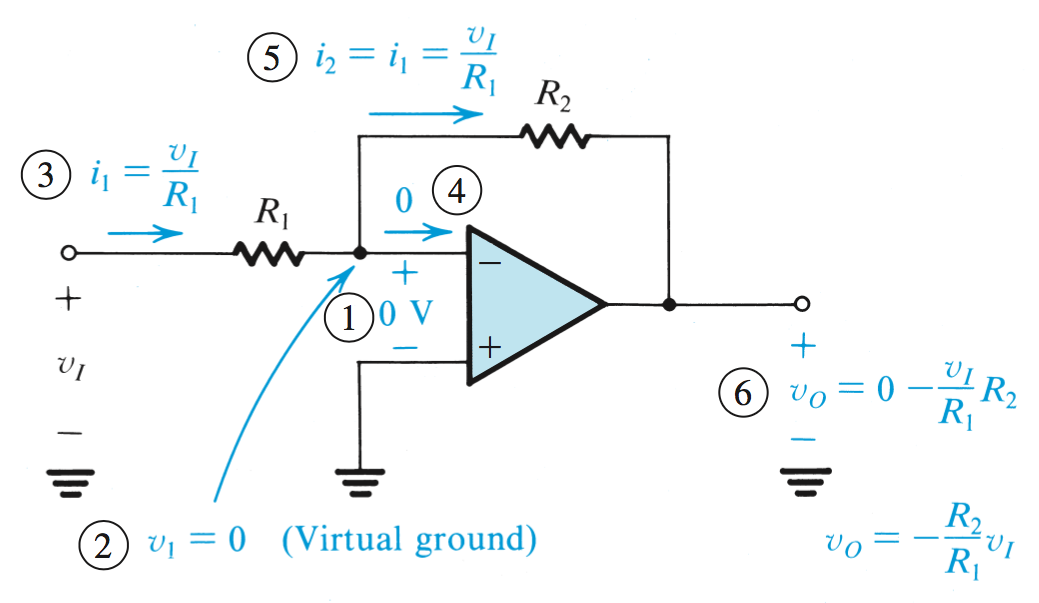
If
This is known as a Virtual Short Circuit.
The Closed Loop Gain
From Figure 1, we can see that knowing
Closed Loop Gain of a Non-Inverting Amplifier
Finite Open-Loop Gain
When the open-loop gain
Input and Output Resistance
The input resistance is equal to
Weighted Summer
In this configuration,
In the case where a design must be created to fit an equation with multiple inverted signs, two op-amps can used in series to flip the initial signals.
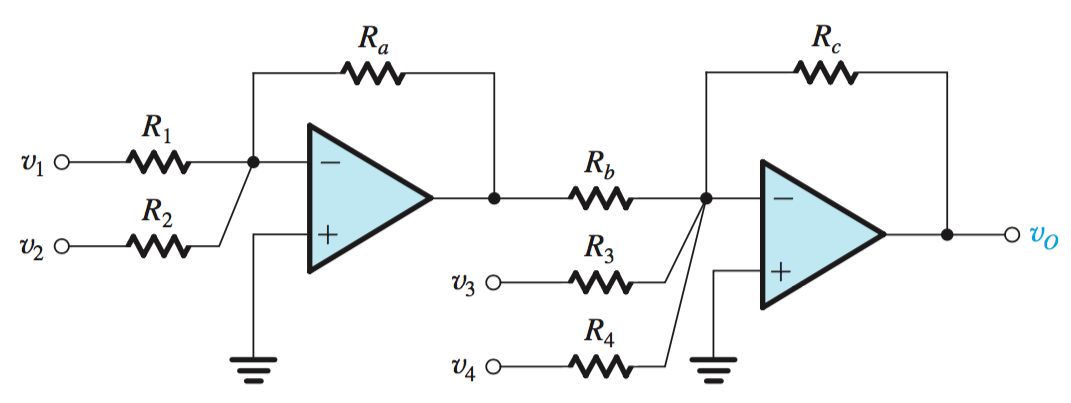
Non-Inverting Configuration
The Non-inverting configuration occurs when a voltage input enters the
The
Closed Loop Gain of a Non-Inverting Amplifier
Finite Open-Loop Gain
When the open-loop gain
Buffering Amplifier or Voltage Follower
In this configuration, the loop is closed by short circuiting the output to non-inverting input. This will again create a virtual short circuit between
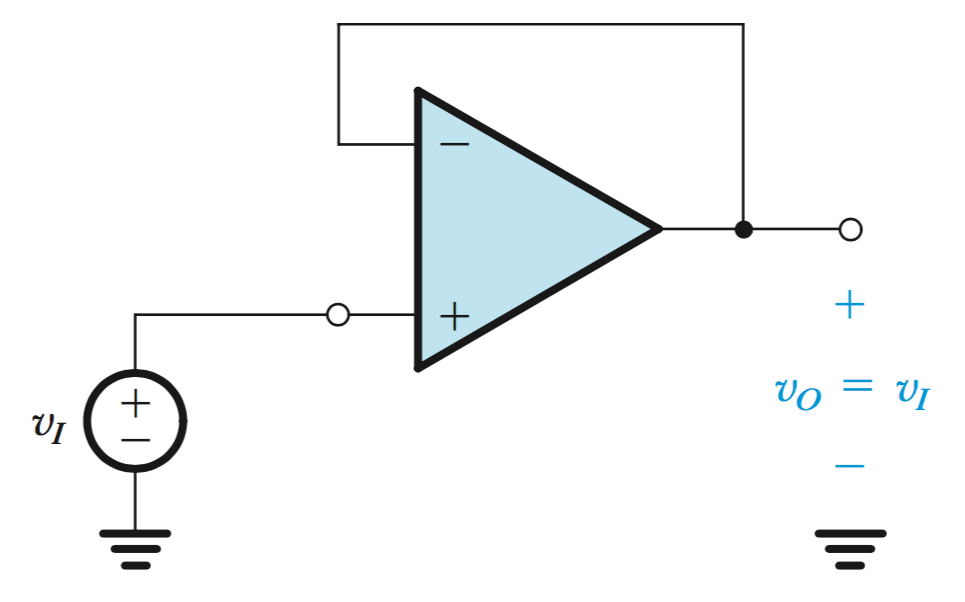
Difference Amplifiers
A Difference Amplifier is one where voltage sources are applied to the
In a case like this,
Common Mode Rejection Ratio
In a Difference amplifier with voltage sources at
Therefore,
To find values concering solely the
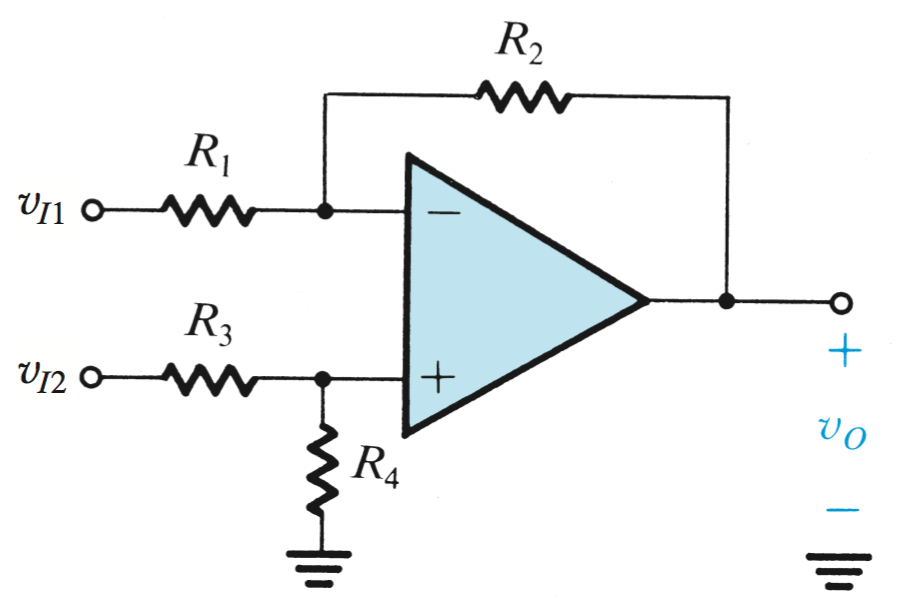
Instrumentation Bridge Amplifiers
The Instrumentation Bridge Amplifier is a Difference Amplifier created as a solution to the low input resistance of Difference Amplifiers, without sacrificing ease of control. From Figure 6, it can be noted that
Output of the Instrumentation Bridge Amplifier
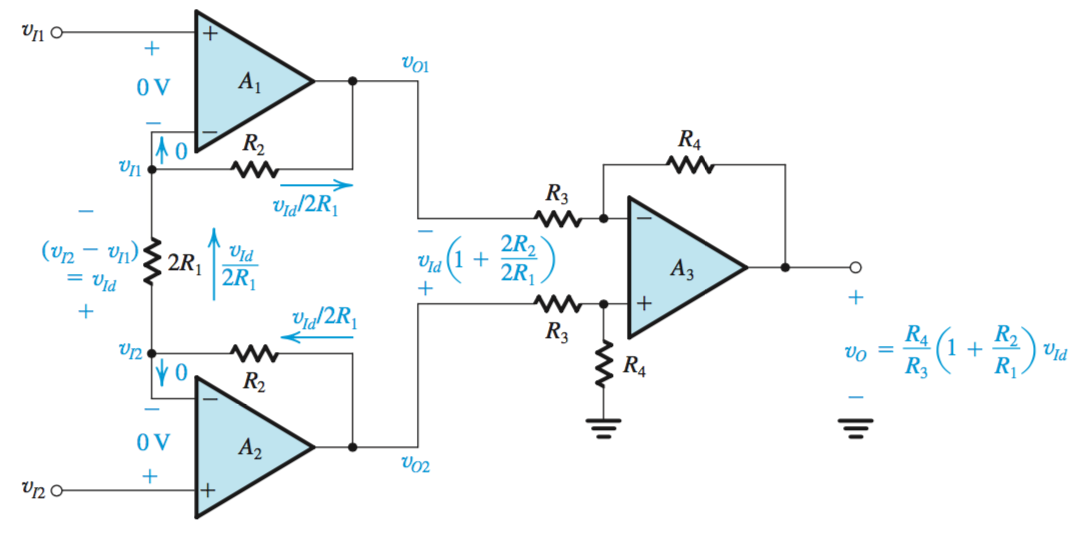
Filters and Tuned Amplifiers
A filter is a linear two-port network with a transfer function
Note on Imaginary Numbers:
Magnitude =
Phase =
Filter Transmission
The transmission characteristics of a filter are specified in terms of the edges of the passband(s)
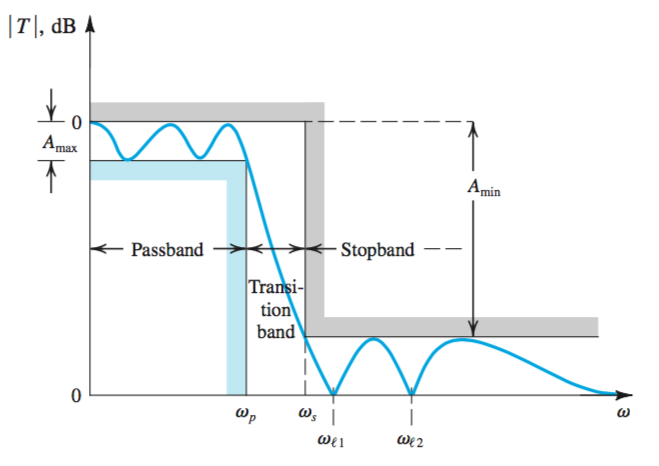
General First-Order Transfer Function
The filter transfer function can be expressed as the ratio of two polynomials in
Filter Types
High Pass allows high frequencies to pass through (the passband) and attenuates frequences below (the stopband).
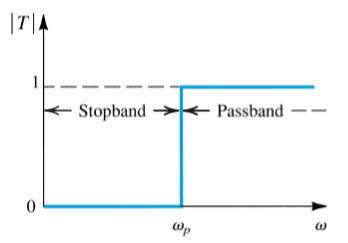
Low Pass allows low frequencies to pass through.
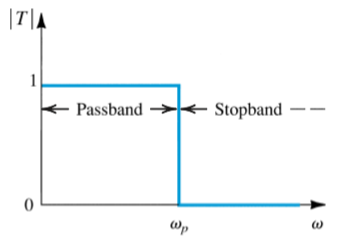
Band Pass will pass all bands, but invert phase.
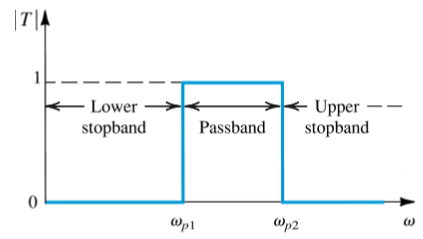
Band Stop will stop all bands within the specified range.
In each case of attenuation, the slope will be -20 dB per decade.
The All Pass Filter is a special case which does not attenuate, but serves as a phase shifter, with a unity gain and phase shift at
Filter Transmission (2nd Order Filters)
General Second-Order Transfer Function
Filter Types
High Pass goes zero as the
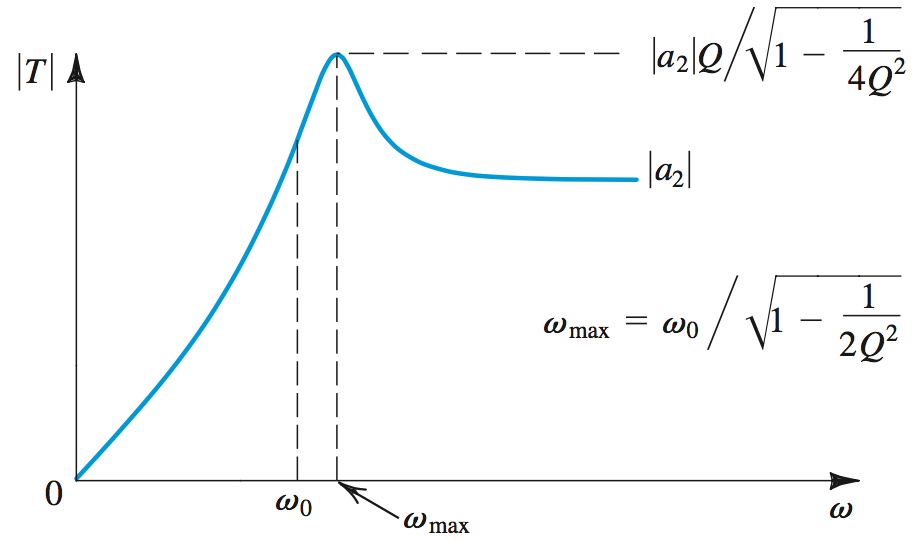
Low Pass allows low frequencies to pass through.
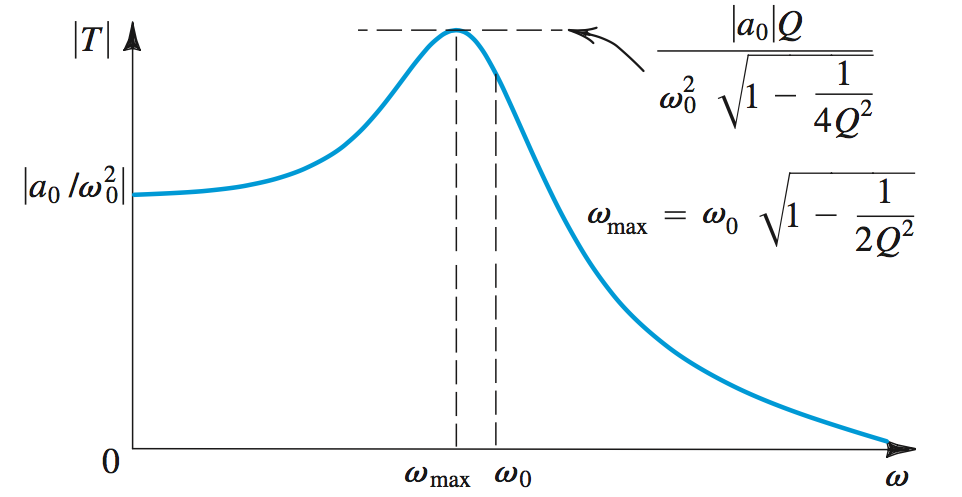
Band Pass will attenuate all but the
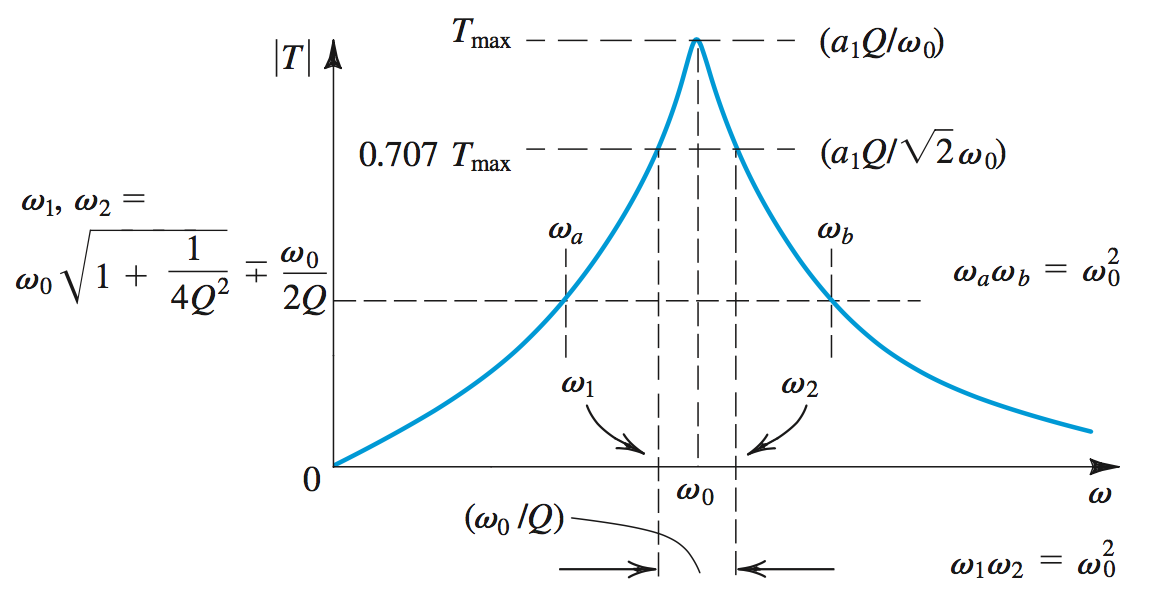
Notch will attenutate at the center frequency
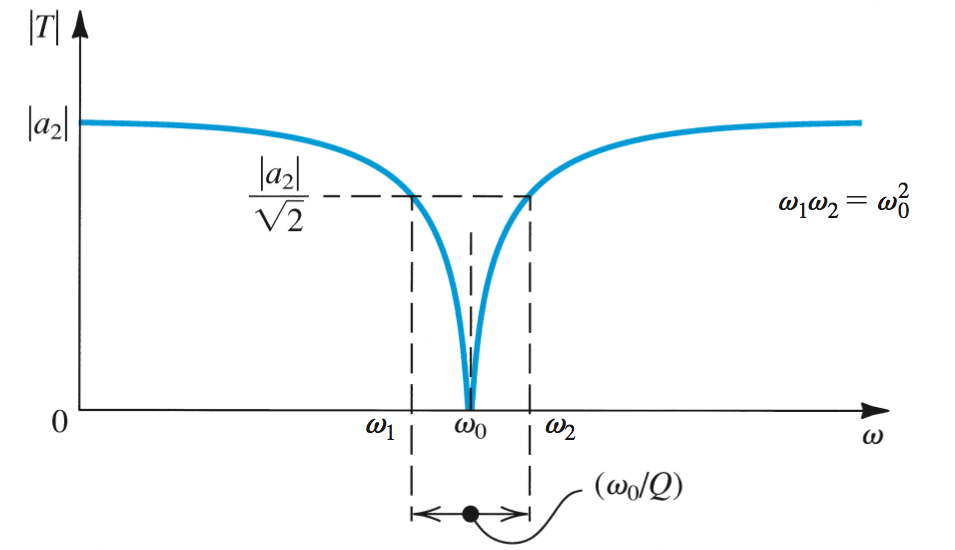
$Q = 1/\sqrt{2} = $The Butterworth Maximally Flat Response
Second Order LCR Resonator
Resonators are used to realize second order filters.
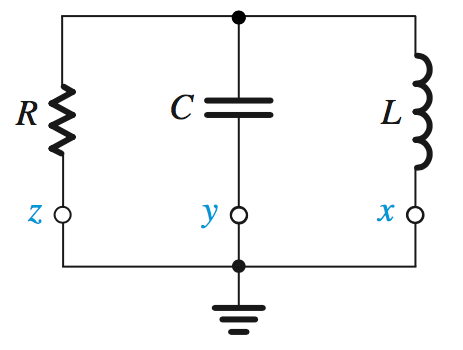
For a current applied to this circuit,
In this case,
Using this structure,
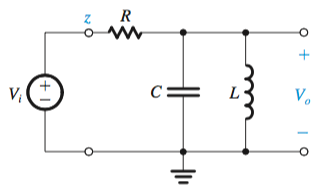
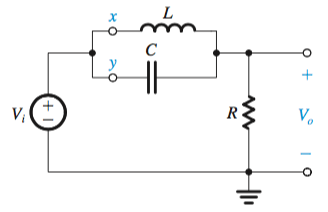
By following the structure
Antoniou Inductance Circuit
Inductors in the resonator circuits can be replaced by a system of op amps, such as the Antoniou Inductance Simulation Circuit.
From the circuit below, an impedance
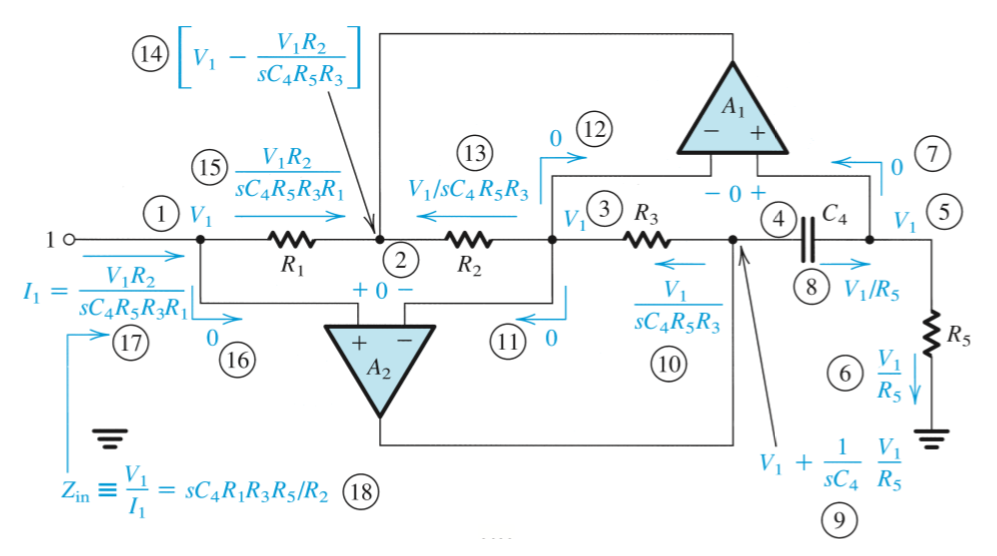
The design of this circuit is usually based on selecting
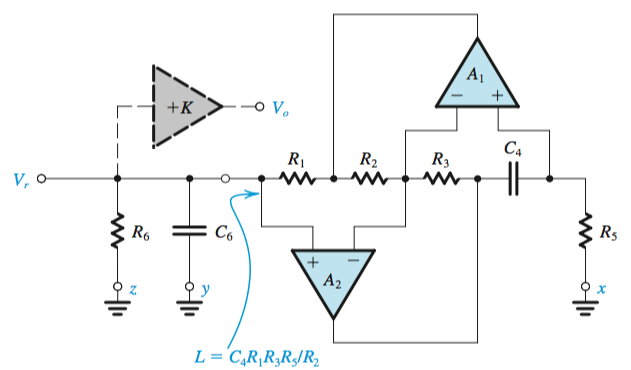
This circuit would have a pole frequency
The gain would be derived from
Filter Types
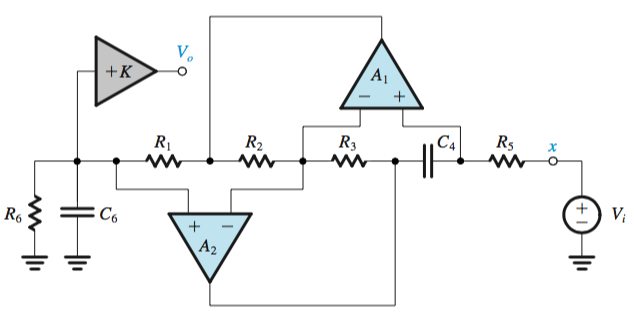
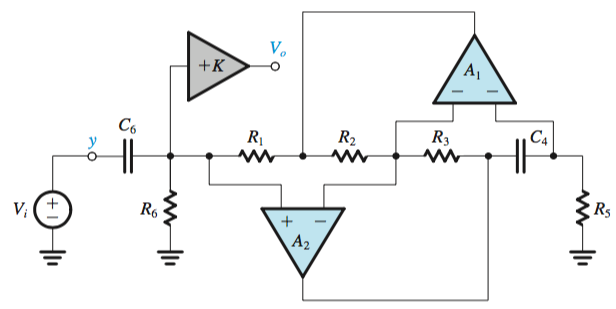
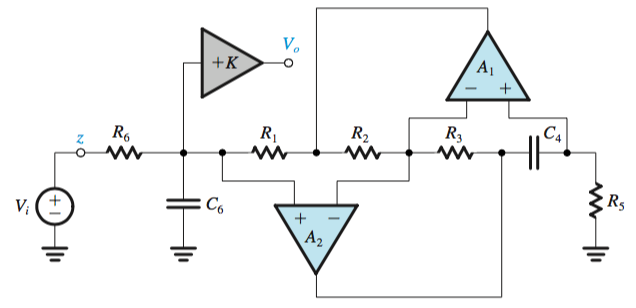
The position of the capacitor
Second Order Active Filters Based on Two Integrators
Biquads based on the two-integrator-loop topology are the most versatile and popular second-order filter realizations. There are two varieties: the KHN circuit, which realizes the LP, BP, and HP functions simultaneously and can be combined with the output summing amplifier to realize the notch and all-pass functions; and the Tow–Thomas circuit, which realizes the BP and LP functions simultaneously. Feedforward can be applied to the Tow–Thomas circuit to obtain the circuit, which can be designed to realize any of the second-order functions.
KHN Biquad
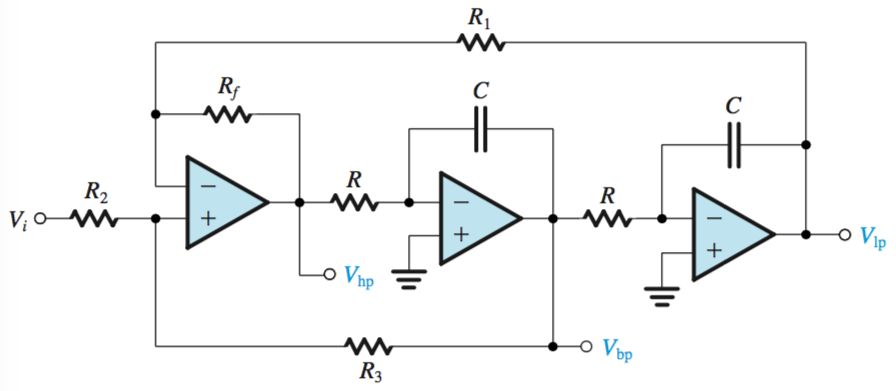
Analyzed by superposition,
Where
Center frequency,
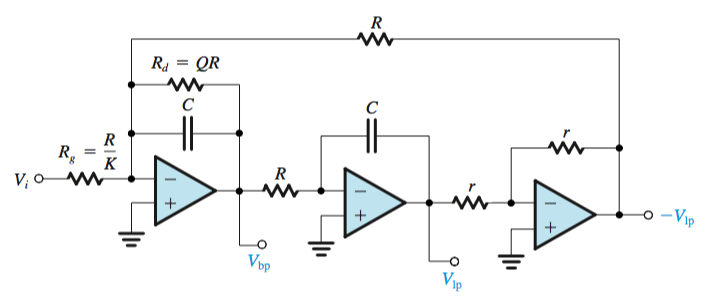
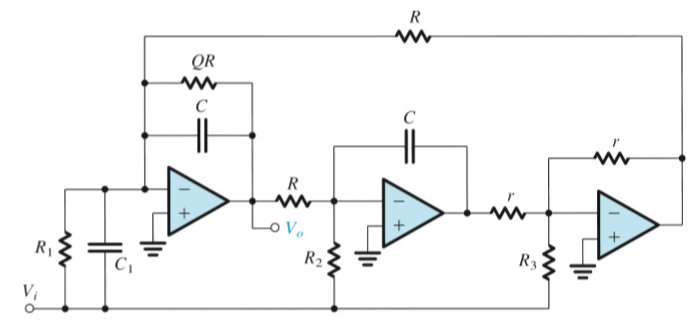
Single Amplifier Biquadratic Active Filters
Single-amplifier biquads (SABs) are obtained by placing a bridged-T network in the negative-feedback path of an op amp. If the op amp is ideal, the poles realized are at the same locations as the zeros of the
Bridged T Amplifiers
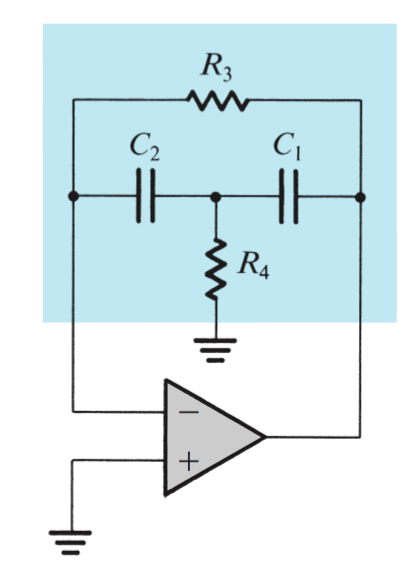
Sensitivity
The classical sensitivity function
Signal Generators and Waveform-Shaping Circuits
There are two distinctly different types of signal generator: the linear oscillator, which utilizes some form of resonance, and the nonlinear oscillator or function generator, which employs a switching mechanism implemented with a multivibrator circuit.
Oscillator Feedback loop
When an output signal is used as input into the
For a feedback loop to produce sinusoidal osciallations at frequency
This is the Barkhausen criterion.
When analyzing a given oscillator circuit, follow the following steps:
- Break the feedback loop to determine the loop gain
. - The oscillation frequency
is found as the frequency for which the phase angle of is zero or, equivalently, 360. - The condition for the oscillations to start is found from
Amplitude Control
A popular limiter circuit used to control the amplitude of oscillating circuits is pictured below. By disconnecting the feedback loop, the linear gain
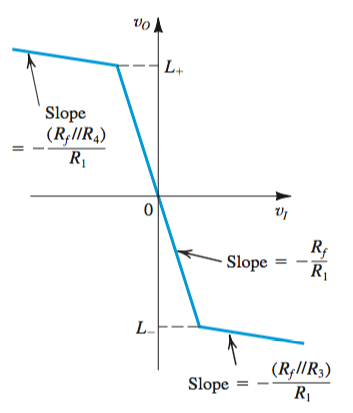
Wien Bridge
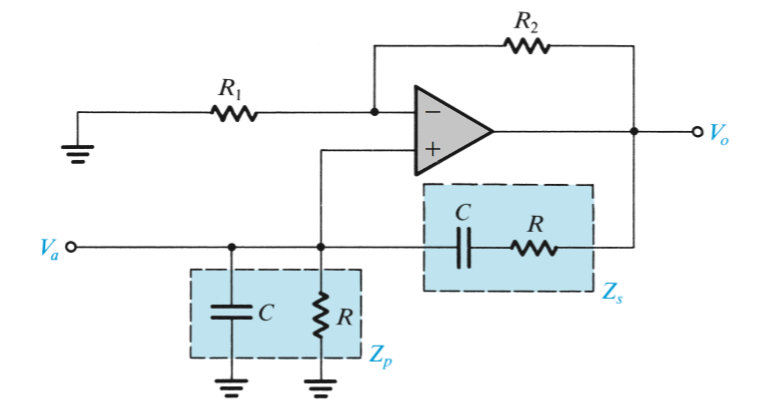
Bistable Multivibrators
A bistable multivibrator is an op amp circuit that switches between two stable states indefinitely when it receives a trigger signal.
The op amp will saturate at the value
From the transfer characteristics of the non-inverting feedback loop, we can derive this relationship:
When the
This pair of values in the negative and positive direction are the
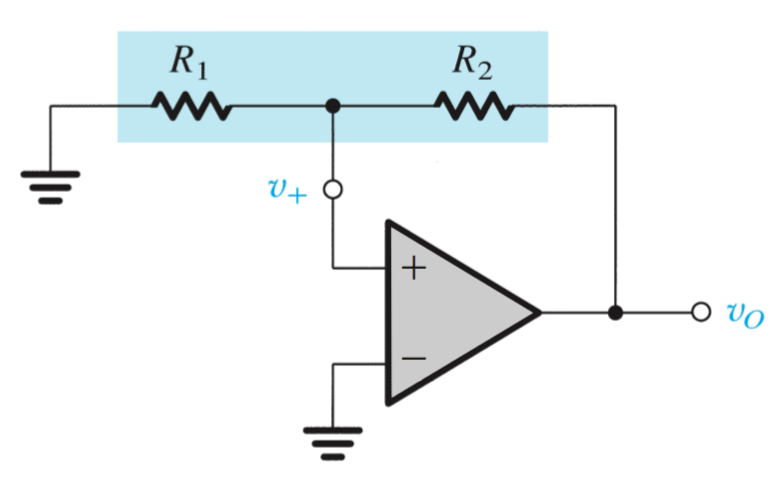
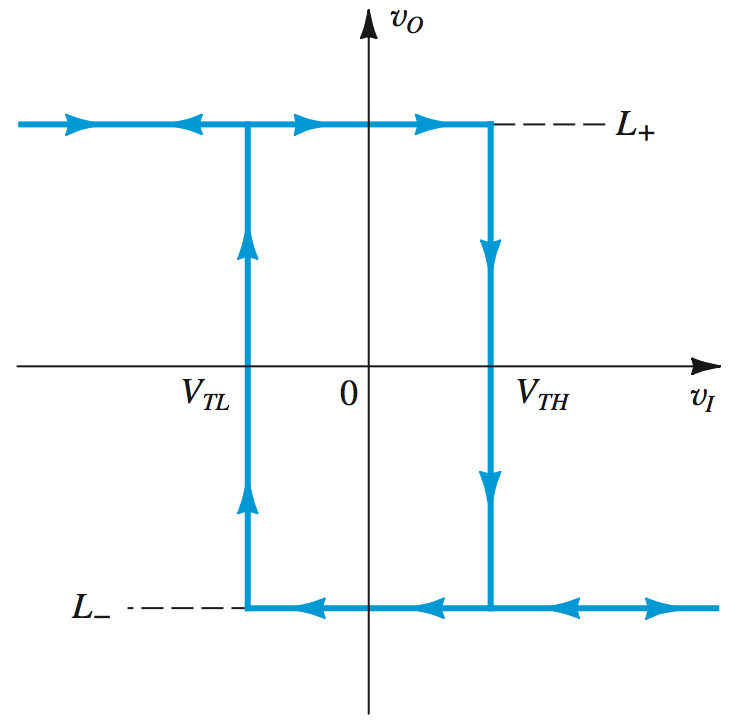
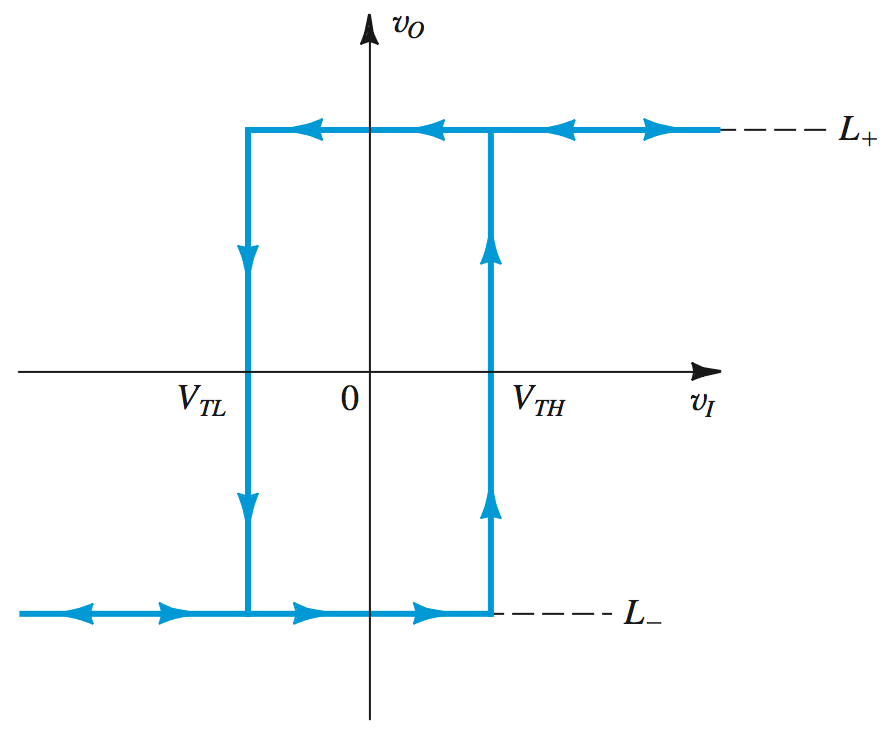
For the non-inverting bistable circuit, superposition must be used to find the value of
To find the
This technique can be used to find the
For each case, adding a reference DC voltage
Astable Multivibrators
By connecting a bistable multivibrator with an RC circuit in a feedback loop, a square wave can be generated where the circuit will switch states periodically. The capacitor will charge until it reaches
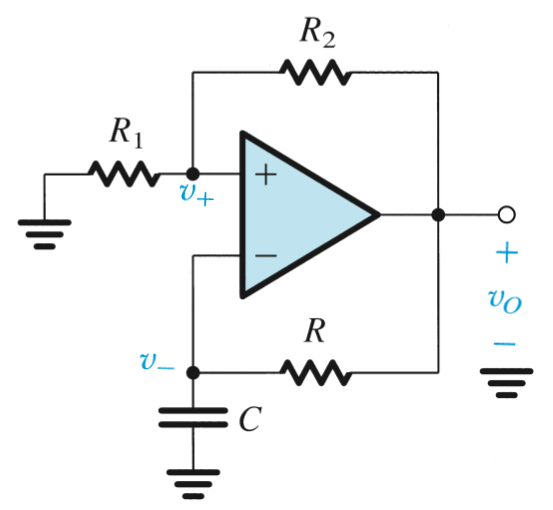
The time constant for this circuit is
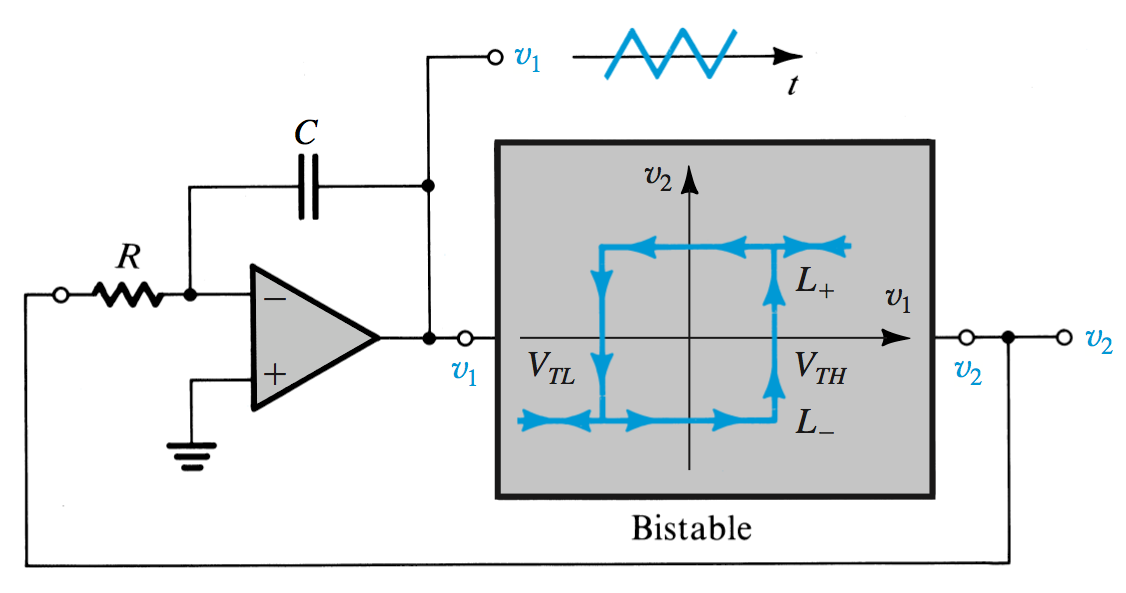
Monostable Multivibrator
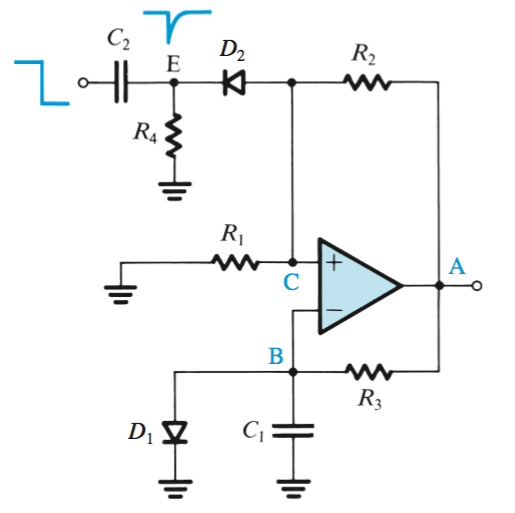
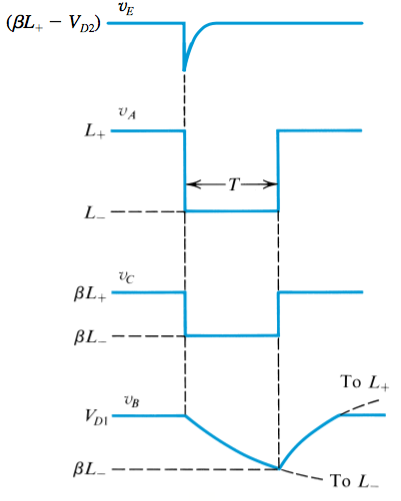
A single pulse seen at point
After the period
Precision Rectifiers
